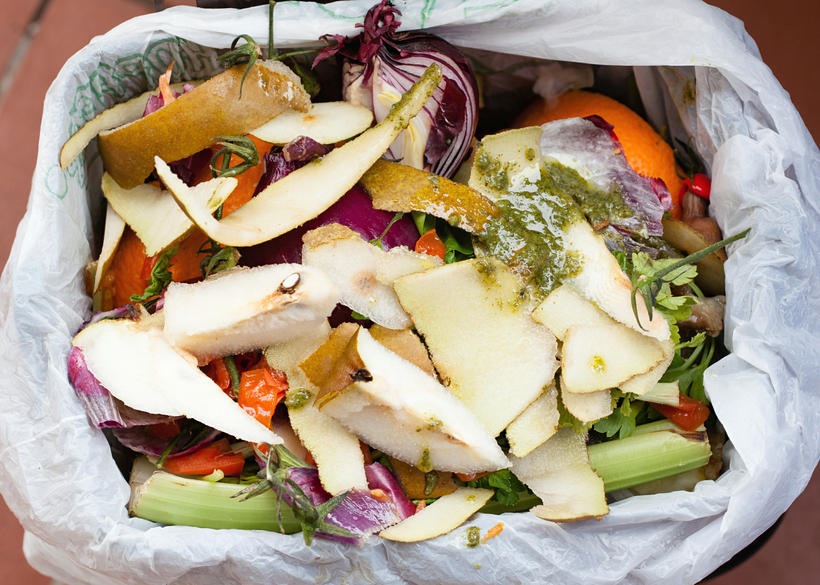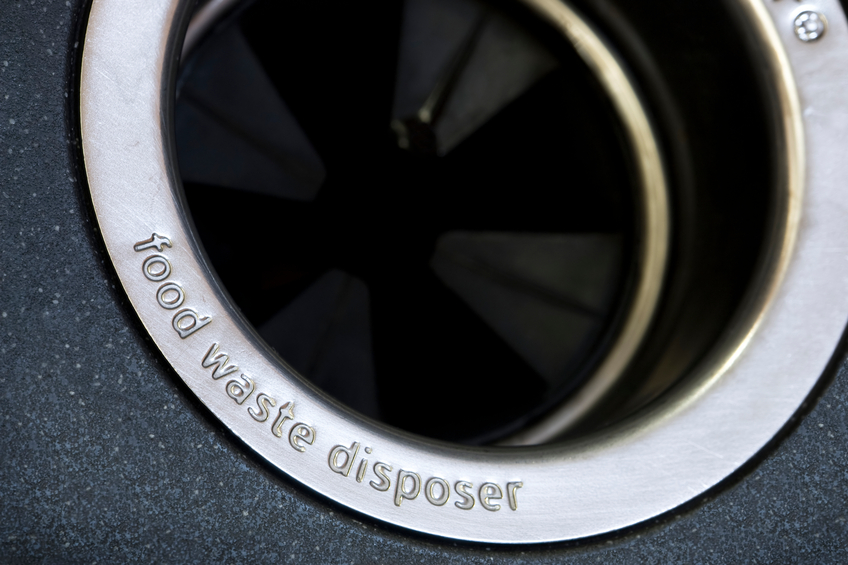 You thought you had built the kitchen of your dreams. Then you started to notice you were running out of storage space. Or that there isn’t quite enough space on your counter for your portable appliances.
You thought you had built the kitchen of your dreams. Then you started to notice you were running out of storage space. Or that there isn’t quite enough space on your counter for your portable appliances.
That flashy, trendy style you loved in a magazine might look great, but more important than style is choosing a kitchen design that really works for your needs.
Taking the time to plan properly is the key to avoiding redesign regret, said Alana Busse, lead designer and remodeling specialist for Westside Remodeling in Thousand Oaks, Calif., and president of the National Kitchen and Bath Association’s Central Coast & Valleys chapter said. “There are many people who tell us they want to start next week,” she said. “We tell them we need the proper planning time. Those are the people who later say they should have planned more. They have regrets because they really didn’t think things through. The more time people can spend planning, the happier they are in the end.”
Busse offered these tips to help homeowners plan their kitchen redesign and avoid “redesign regret:”
- Build in organizational space. Pull-outs for pots and pans, roll-outs for kitchen tools and easily accessible storage areas for your favorite portable appliances should be part of the design, Busse said. It’s one of the areas homeowners might overlook to cut costs, but they sometimes regret that decision, she said.
- Focus on what you need. “Normally, people redo a kitchen to improve the functionality,” Busse said. “Sometimes when people are trying to follow a trend versus what’s timeless or what they love, it’s not really something they like or what goes with the house. Ultimately, it’s the homeowner who will be using it. If it doesn’t fit their style or needs, they can develop resentment toward it.”
- Think about your future lifestyle. When planning your redesign, consider how your needs and lifestyle might change. “People who remodeled when their kids were young, or when they didn’t have kids, end up regretting not building in enough storage space, or remodeling just for a look,” Busse said. “Now, their lifestyle has changed to ‘How quickly can I clean this and have two bowls of cereal before sending the kids off to school?’”
- Know what’s cooking. Cooking habits are a major consideration when planning a redesign. Will you be cooking five-course meals daily, or do you tend to reheat prepared meals? Do you like to bake? Your design should reflect how you cook and include the right appliances for your needs.
Appliances are a major part of both the functionality and look of any kitchen. “Everything has to be designed around the appliances,” Busse said. “They’re what’s going to be used every single day,” Busse said. “Your fridge is on constantly. Your range is the main area you’ll be cooking. Appliances are the whole point of making the kitchen a gathering place.”
Keep these tips in mind when you’re planning a kitchen redesign to make sure you choose the appliances that meet your needs, now and in the future:
- Give appliances a test run. “I recommend clients test appliances as much as they possibly can,” Busse said. Many manufacturers have showrooms to allow shoppers to try appliances. Take advantage of those opportunities.
- Build a refrigerator in to the design. Busse has had clients buy a refrigerator before they have their kitchen redesigned. It’s important to choose one that fits with your plans. “People tend to think every fridge is the same, so they buy one first,” Busse said. “That can hurt the design.”
- Consider your dishes. Do you wash a lot of Tupperware and plastic dishes, or do lean more toward fine china? Choose a dishwasher that’s appropriate for the dishes you use.
- Make room for portables. If you have a favorite portable appliance, your designer may be able to build a space that gives you easy storage and access. “People should think about their portables,” Busse said. “If you’re going to wind up using the toaster, we’ll design a space for it. Be honest with yourself about which portable appliances you’ll keep. Bread makers you might use only a few times a year, so we don’t need to store it on the counter. But maybe there’s a specific cabinet design we can do for it.”




 We’ve already looked at
We’ve already looked at 
 Are you going to eat that? We hope so. If not, you could be throwing away more than a few extra bites. A
Are you going to eat that? We hope so. If not, you could be throwing away more than a few extra bites. A 
 Appliances play a major role in your life, and it can be stressful when they break down. But when they do, you want a quick, inexpensive repair. That may not always be possible, depending on the nature of the issue and service required to address it. But how you initially respond can reduce the chance that you’ll be surprised by a hefty repair bill.
Appliances play a major role in your life, and it can be stressful when they break down. But when they do, you want a quick, inexpensive repair. That may not always be possible, depending on the nature of the issue and service required to address it. But how you initially respond can reduce the chance that you’ll be surprised by a hefty repair bill.